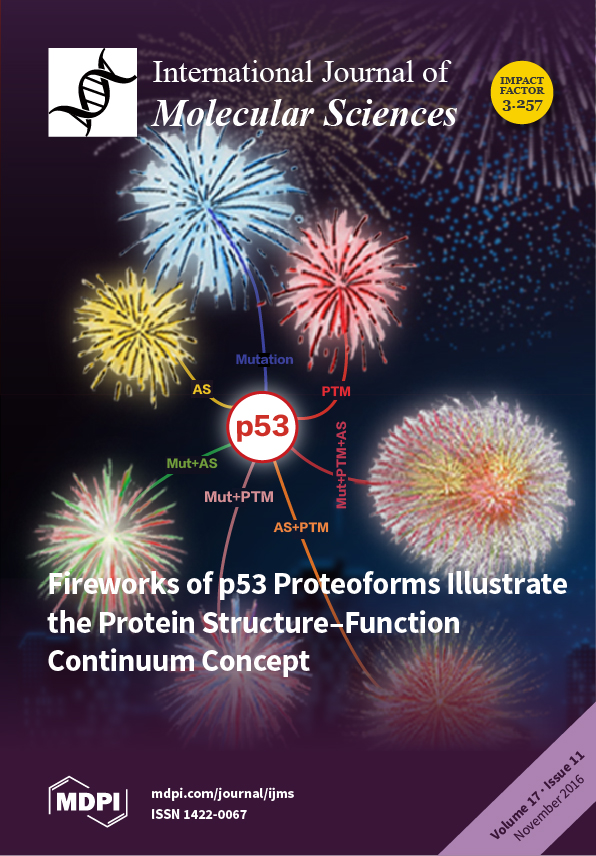Hypercholesterolemia resulting in atherosclerosis is associated with an increased risk of ischemic heart disease and colorectal cancer (CRC). However, the roles of apoliprotein (Apo) E (
Apoe) and low-density lipoprotein (
Ldl) receptor (
Ldlr) in colorectal carcinogenesis have not yet been investigated. In this study, we examined the susceptibility of
Apoe-deficient and
Ldlr-deficient mice, which are genetic animal models of atherosclerosis to azoxymethane (AOM)/dextran sodium sulfate (DSS)-induced colorectal carcinogenesis. In Experiment 1, male
Apoe-deficient (
n = 20) and wild type (WT) mice (C57BL/6J,
n = 21) were treated with a single intraperitoneal (i.p.) injection of AOM (10 mg/kg body weight) and then given 1.5% DSS in drinking water for seven days. They were maintained up to week 20 and sacrificed for the histopathological examination of colorectal tumors. The mRNA expression of cyclooxygenase (
Cox)-2, inducible nitric oxide synthase (
Nos2), tumor necrosis factor (
Tnf)-
α interleukin (
Il)
-1β, and
Il-6 was assayed in the colorectal mucosa. In Experiment 2, male
Ldlr-deficient (
n = 14) and WT mice (C57BL/6J,
n = 10) were given a single i.p. injection of AOM (10 mg/kg body weight) and then given 2% DSS in drinking water for seven days. They were sacrificed at week 20 to evaluate their colorectum histopathologically. In Experiment 1, the multiplicity of CRCs was significantly higher in the
Apoe-deficient mice (2.75 ± 1.48) than in the WT mice (0.62 ± 0.67). The serum lipoprotein levels in the
Apoe-deficient mice were also significantly higher than in the WT mice. In Experiment 2, the incidence (29%) and multiplicity (0.50 ± 0.94) of CRCs in the
Ldlr mice were significantly lower than in the WT mice (80% incidence and 3.10 ± 2.38 multiplicity). The mRNA expression of two inducible enzymes and certain pro-inflammatory cytokines in the colorectum of each genotype was greater than in the respective WT mice. The values in the
Apoe-deficient mice were much greater than in the
Ldlr mice. These findings suggest that
Apoe-deficient mice showed increased susceptibility to inflammation-associated colorectal carcinogenesis due to their high reactivity to inflammatory stimuli.
Full article






